Download your PDF score!
By music teachers, for their students
| Title | Author | Set | Prices | ||
|---|---|---|---|---|---|
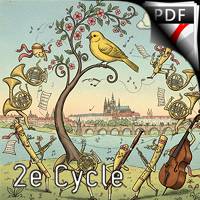
|
German dance |
Wolfgang Amadeus Mozart |
Ensemble à vents |
14.90€ |
|
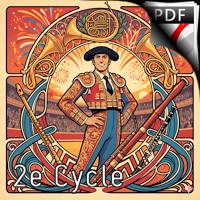
|
Toréador |
Georges Bizet |
Quintette à vent |
14.90€ |
|
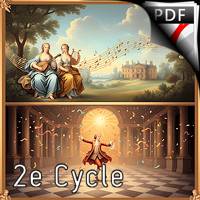
|
Air and Rondo |
Friedrich Haendel |
Quintette à vent |
14.90€ |
|
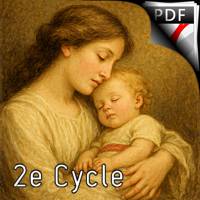
|
Sleep, my little prince, fall asleep |
Friedrich Fleischmann |
Trio hautbois piano |
7.90€ |
|
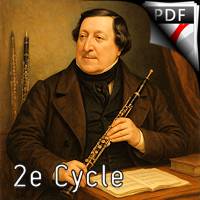
|
The Barber of Seville - Quartet |
Gioachino Rossini |
Quatuor |
7.90€ |
|
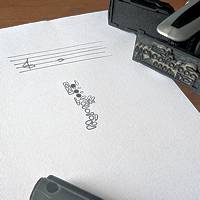
|
Oboe Finger Stamp |
David Louis |
Tampon doigté hautbois |
9.90€ |
|
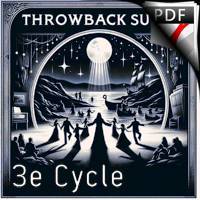
|
Throwback Suite (Wind quintet) |
Roy Scott Alexander |
Quintette à vent |
19.90€ |
|

|
Orgue de Barbarie |
Ayser Vançin |
Trio de Hautbois |
5.90€ |
|
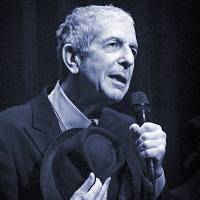
|
hallelujah |
Leonard Cohen |
Instrument et Piano |
5.90€ |
|
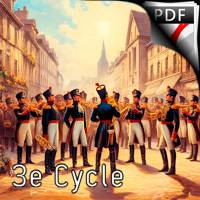
|
Soldiers Chorus |
Charles Gounod |
Quintette à vents |
14.90€ |
Oboes are part of the double reed wind instruments. The most commonly played oboe is a soprano oboe. Oboes are usually made of wood, but there are also oboes made of synthetic materials. A soprano oboe is about 65 cm long, with metal keys, a tapered bore and a flared bell. Sound is produced by blowing into the reed and vibrating a column of air. The sound is described as "brilliant".
In English, before 1770, the standard instrument was called "oboe", "hoboy" or "French hoboy" borrowed from the French name, a word composed of haut and bois. The spelling of oboe was adopted in English around 1770 from the Italian oboè. A musician who plays the oboe is called an oboist.
Today, the oboe is commonly used in wind bands, symphony orchestras, chamber music, film music, certain genres of folk music, and as a solo instrument, and is sometimes heard in jazz, rock, pop and popular music.
The oboe first appeared in the mid-17th century. The name was also used for its predecessor, the shawm, from which the basic shape of the oboe is derived. The major differences between the two instruments are the division of the oboe into three sections (which allowed for more precise manufacture).
The exact date and place of origin of the oboes is unclear. Circumstantial evidence, such as the statement of the flutist composer Michel de la Barre in his Mémoire, points to members of the Philidor (Filidor) and Hotteterre families. The instrument may in fact have had several inventors. Oboes spread rapidly throughout Europe, including Great Britain, where they were called "hautboy", "hoboy", "hautboit", "howboye" and other similar variants of the French name. It was the principal melodic instrument of the early military bands, until it was succeeded by the clarinet.
The standard baroque oboe is usually made of boxwood and has three keys: a "large" key and two side keys (the side key is often doubled to facilitate the use of the right or left hand on the lower holes). In order to produce higher tones, the player must "overflow" or increase the airflow to reach the next harmonic. The oboists of the time are notably the Germans Jacob Denner and J. H. Eichentopf, the Englishman Thomas Stanesby (died in 1734) and his son Thomas Jr (died in 1754). The range of the baroque oboe extends comfortably from C 4 to D 6. With the revival of interest in early music in the mid-twentieth century, some manufacturers began to produce copies to specifications taken from extant historical instruments.
Traditional and folk music
Although folk oboes are still used in many European folk music traditions, the modern oboe has been little used in folk music. Derek Bell, harpist for the Irish band The Chieftains, was an exception to this rule, as he used the regular instrument for some concerts and scores. Western Massachusetts-based American bassist Wild Asparagus also uses the oboe, played by David Cantieni. Folk musician Paul Sartin plays the oboe in several English folk groups including Faustus and Bellowhead. Piper Jonathan Shorland plays a rustic oboe similar to the Breton bombard with the bands Primeaval and Juice. He previously played with Fernhill, who play traditional Welsh music. Traditional folk music in Brittany boasts a large professional class of musicians playing increasingly sophisticated double-reed instruments, supported by professional luthiers.
Jazz
The oboe remains rare in jazz music, but the instrument has been put to good use. Some of the earliest bands in the 1920s and 1930s, notably Paul Whiteman's, included it in their scores. Multi-instrumentalist Garvin Bushell (1902-1991) played the oboe in jazz bands as early as 1924 and used it throughout his career, eventually recording with John Coltrane in 1961. Gil Evans featured the oboe in sections of his famous collaboration with trumpeter Miles Davis. Although originally a tenor saxophonist and flutist, Yusef Lateef was one of the first (in 1963) to use the oboe as a solo instrument in concerts and recordings. Composer and bassist Charles Mingus gave the oboe a brief but important role (played by Dick Hafer) in his composition "I. X.". Love" on the 1963 album. Marshall Allen sometimes played oboe with Sun Ra.
With the birth of jazz fusion in the late 1960s, and its continued development over the next decade, the oboe became a bit more prominent, sometimes replacing the saxophone as the focal point. The oboe was used to great effect by Welsh multi-instrumentalist Karl Jenkins in his work with the bands Nucleus and Soft Machine, and by Paul McCandless, co-founder of the Paul Winter Consort and later of Oregon. Romeo Penque also played oboe on Roland Kirk's 1975 album Return of the 5000 Lb. In the song "Theme for the Eulipions".
In the 1980s, an increasing number of oboists tried their hand at non-classical works, and many famous musicians recorded and performed alternative music on oboe. Some of today's classically influenced jazz groups, such as the Maria Schneider Orchestra, feature the oboe.
Rock and pop
The oboe has been used sporadically in rock/pop recordings (e.g., The Carpenters' "For All We Know", 1970; Donovan's "Jennifer Juniper", 1968), usually by session musicians on specific song scores.
Peter Gabriel, during his time as lead singer in the progressive rock band Genesis, played oboe on some of the band's studio recordings. Andy Mackay played oboe for Roxy Music in the studio and on stage.
In the 2000s, Robbie J. de Klerk, the lead singer of the Dutch melodic band Another Messiah, also played oboe on most songs. In America, the band Hoboe defines itself as a rock band featuring the amplified oboe since 2000, led by oboist Zen Ben.Independent singer-songwriter Sufjan Stevens, who studied the instrument in school, often includes the instrument in his arrangements and scores.
Film Music
The oboe is often featured prominently in film music, often to underscore a particularly poignant or sad scene, for example in the film Born on the Fourth of July, where an oboe delicately takes the theme with a romantic and harmonic touch before the strings return it to the trumpet. One of the most prominent uses of the oboe in a film score is Ennio Morricone's "Gabriel's Oboe" theme from the 1986 film The Mission.
It is featured as a solo instrument in the theme "Across the Stars" from John Williams' score to Star Wars: Episode II - Attack of the Clones. The oboe is also used in "The Search" from Basil Poledouris' score to Conan the Barbarian.
Ilaiyaraja, a famous Indian film composer, has also used the oboe in much of his film music. Examples include Dalapathi (1991), the title track of Aditya 369 (1991), Pazhassiraja (2009) and Nandalaala (2010). The oboe has also been used by more recent Indian composers, such as A. R. Rahman, who used it in the film Jodha Akbar (2008).
